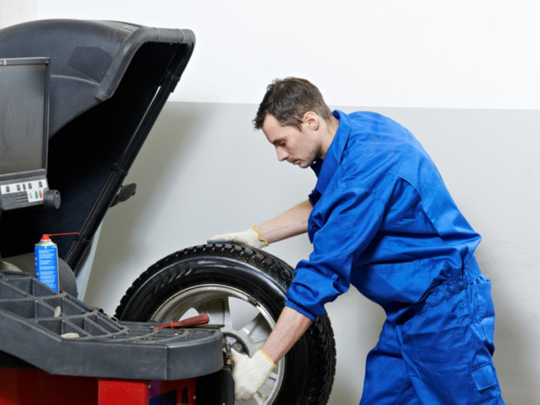
Inflation affects the smoothness of your ride. Regular tyre maintenance not only ensures a smooth ride but also improves your car’s mileage and ensures a longer life. In fact, looking after your car’s tyres is as important for your safety as wearing a seat belt while driving, says Asad Badami, Managing Director for A-MAP, a distributor of automotive spare parts and accessories.
He believes most drivers are unaware about just how much their vehicle’s tyres influence its performance and safety. “It is vital that drivers understand how car tyres function because they are designed to work properly under specific operating parameters. Driving with one or more tyres improperly inflated is as dangerous as driving without a seatbelt,” says Badami. “It can affect the balance of the vehicle and alter its roadholding characteristics, something that can be a serious problem, particularly if the vehicle is being driven at speed. Breaking distances are also compromised if tyres are under or overinflated,” he adds.
Tyres are all that lie between the vehicle and the road. The way in which they create friction and grip the road can prevent skidding and ensure a smooth ride. The amount of air in the tyres affects how much contact the tyre makes with the road, and under-inflated tyres are particularly dangerous.
“If a tyre is under-inflated, it will have a greater surface area making contact with the road. This is hazardous as a larger surface area means more friction, which in turn generates more heat. This heat causes the tyre to wear faster and in extreme circumstances can lead to tread separation, where the tread detaches from the tyre body, or even blowouts,” says Badami.
Since air leaks slowly out of the tyres through the valve and via slow diffusion through the rubber, tyre pressure must be checked at least once a month, preferably when the tyres are cool. Inflation pressure values are usually placed on a sticker next to the driver’s door or in the glove compartment. Experts recommend that testing in the summer months should be done in an air-conditioned environment.












